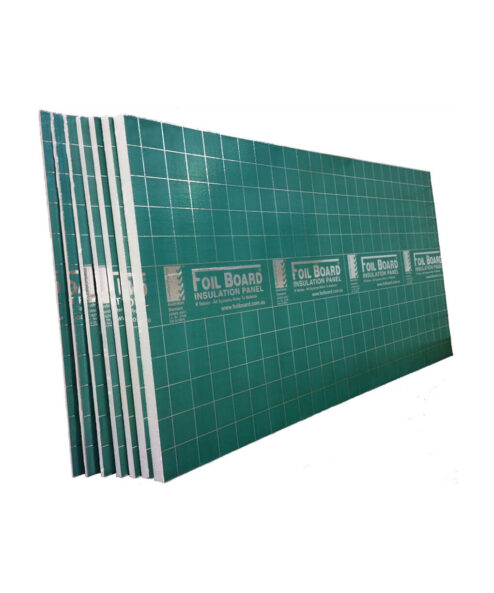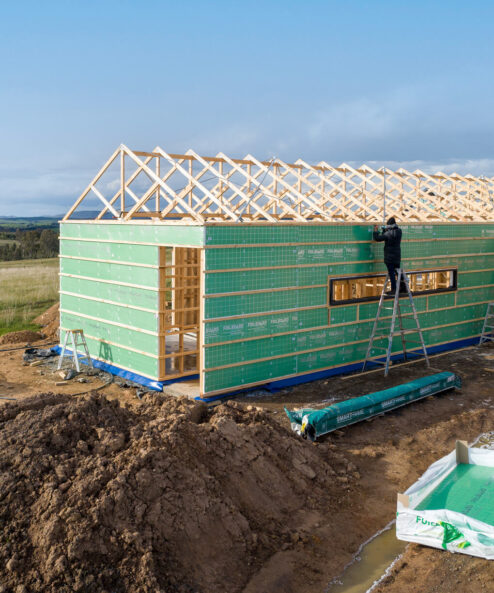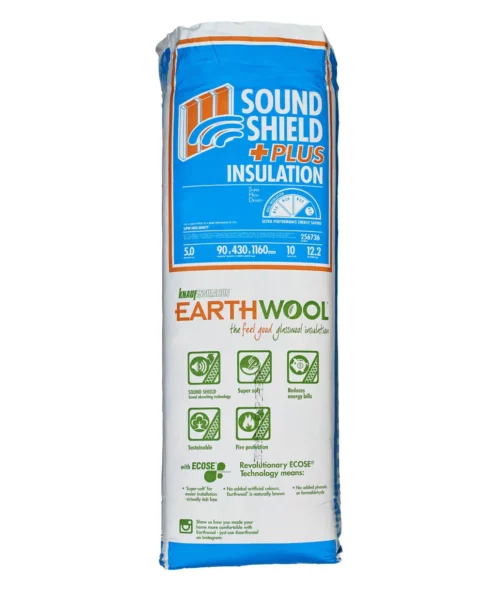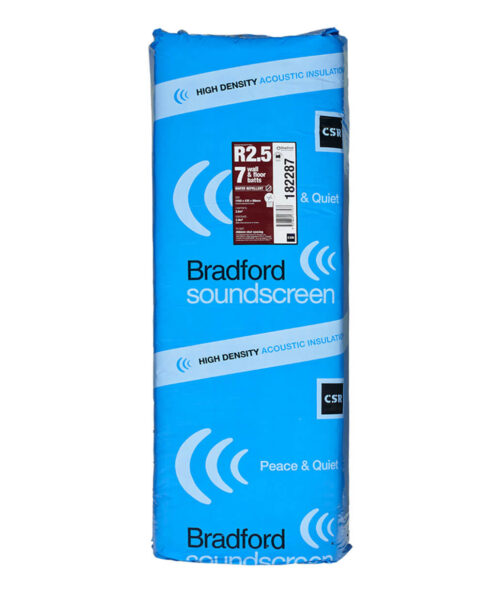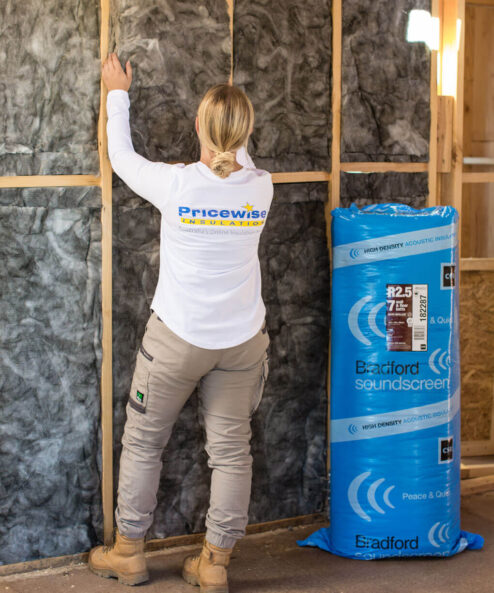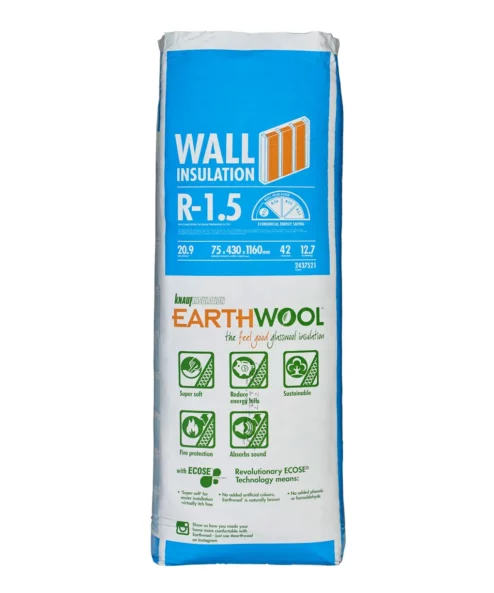Insulation Tips
What is Wall Insulation and How Does it Work?
There are numerous benefits of insulation and it and should be a fundamental part of any home. Installed in the internal and external walls of a building, it makes a remarkable difference in keeping indoor temperatures comfortable, and helps reduce energy consumption significantly.
What is insulation and how does it work?
The main purpose of wall insulation, like any other insulation throughout the rest of the home, is to help regulate indoor temperatures.
Heat energy will naturally flow from places of high energy to those of low energy. That means heat will flow to where it is colder until there is no difference in temperature. This can be a problem when it’s a really hot day; the heat outside will flow inside where it’s cooler, making our homes and offices uncomfortably hot.
Similarly, during the coldest months of the year, it can be hard to keep inside spaces at a comfortable temperature since any warm air will naturally flow outside where it’s colder.
Insulation is the best solution to these problems. Insulation products are made from materials that are good at slowing down the flow of heat so that indoor spaces are kept at a more comfortable temperature all year round.
Different types of insulation and how they work
There are several types of insulation and they each work in unique ways to help regulate indoor temperatures. The two most common are bulk and reflective insulation.
Bulk insulation, such as wall batts, are used in both internal and external walls, as well as several other locations in the home. Bulk products are manufactured with millions of tiny air pockets which help break up the path of heat flow and slow down the conduction of heat into your home. The higher the R-value of a bulk insulation product, the better it is at slowing the flow of heat down.
Reflective insulation is used when insulating a roof or exterior walls. It works by reflecting radiant heat from the sun away from your home and is very effective in hot climates. Reflective insulation products have a thin layer of foil on one side, backed by a paper or plastic layer.
Other functions of wall insulation
Although the main purpose of wall insulation is to help reduce heat flow, it also offers many other advantages.
- Acoustic benefits – insulation installed in the external walls can help reduce the transfer of noise from outside in and vice versa. Installed in the interior walls, insulation can significantly reduce the transfer of noise between the rooms of a home, helping create a peaceful and private indoor space. Although any insulation will make an acoustic difference, specially manufactured acoustic insulation, such as Soundbreak Fletcher Insulation, is very effective.
- Fire resistance & protection – wall insulation made from rockwool has exceptional fire ratings, can slow down the spread of flame and will not produce toxic smoke in the event of a fire.
- Prevent moisture build up – since wall insulation helps prevent heat gains and losses, it also acts to prevent condensation and moisture build up within your walls. This is critical in avoiding bacteria and mould growth, and keeping your home healthy.
Featured ProductsBrowse All




